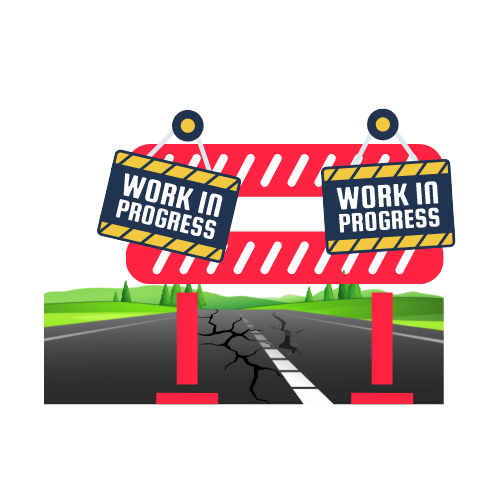In today’s fast-paced digital landscape, enterprises generate vast amounts of data across various systems, applications, and processes. However, raw data alone holds limited value until it’s transformed into actionable insights that drive decision-making. This is where enterprise integration becomes a game-changer, bridging data silos and enabling a unified approach to analytics and insights.
For instance, consolidating sales, customer, and supply chain data into a central repository (like a data lake or data warehouse) enables comprehensive analysis. This eliminates the need for manual aggregation, saving time and reducing errors.
In this context, integration isn’t just about moving data—it’s about ensuring its accuracy, consistency, and relevance. Implement data governance frameworks and leverage tools for data transformation and cleansing to standardize formats, remove duplicates, and enrich data.
Modern enterprises demand real-time insights to stay competitive. By using technologies like Kafka, RabbitMQ, or ActiveMQ, integrated systems can process streaming data in real time. Real-time dashboards powered by tools like Power BI or Tableau can provide operational insights, such as customer behavior trends or inventory levels, enabling quick decision-making.
Once the data is centralized and cleaned, it’s ready for deeper analysis. Use machine learning models and predictive analytics to uncover patterns and trends. For example:
- Predictive Maintenance: Analyze equipment data to forecast failures and schedule proactive maintenance.
- Customer Segmentation: Integrate CRM and behavioral data to identify high-value customers and personalize offerings.
Integration isn’t complete until insights drive action. Automate workflows using business process automation tools like Zapier, Camunda, or IBM BPM to ensure insights lead to concrete actions. For instance, triggering marketing campaigns or optimizing supply chain logistics based on forecast data.
Enterprise integration is an ongoing process. Use monitoring tools like ELK Stack or Splunk to track data flows and performance metrics. Continuously refine your integration strategies to adapt to evolving business needs and technologies.
This is an ideal situation where every enterprise wants to head towards, but does it happen as easy as I have written here ? the answer might be a ‘Big No‘.

In my experience, the EI is ever evolving and is always a WIP. Don’t you think so ?

En See

